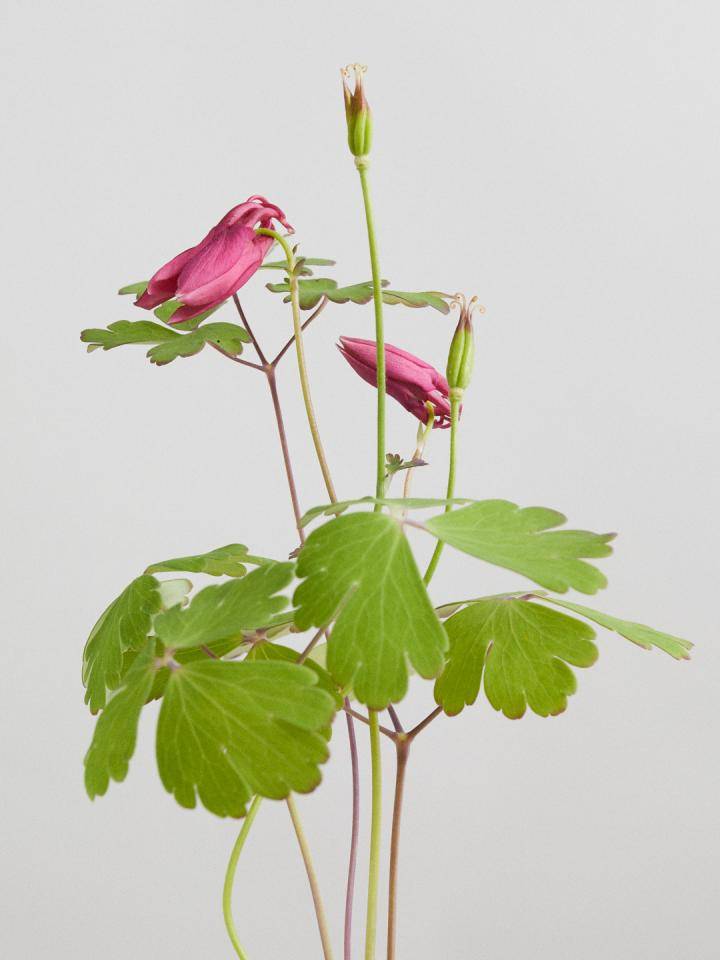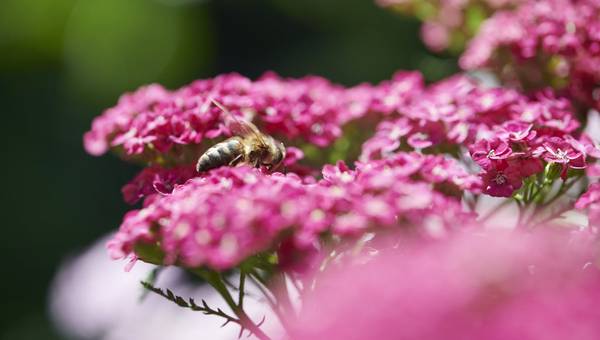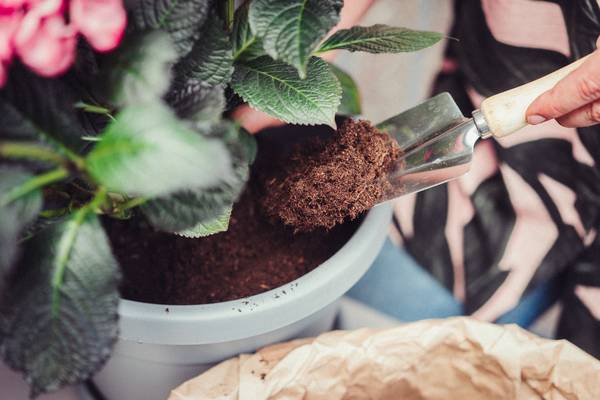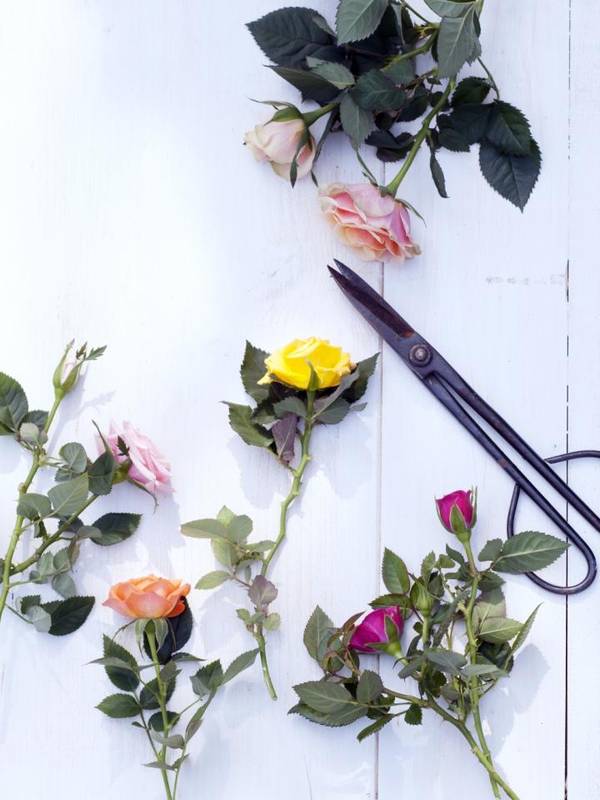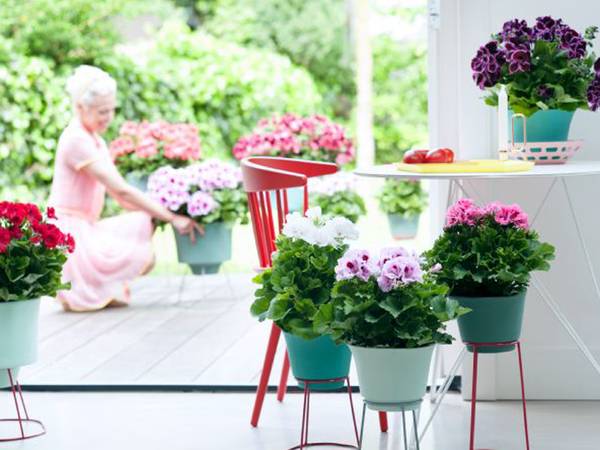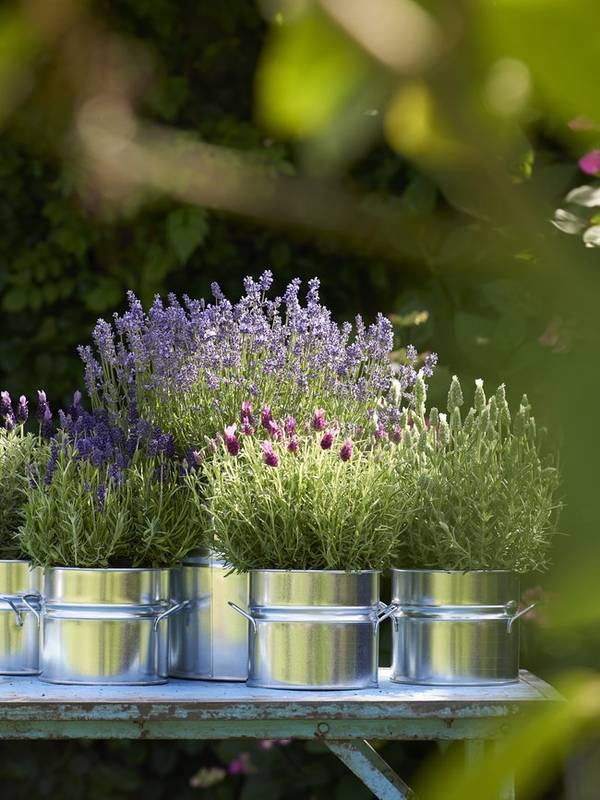
Care
- Columbine doesn't make many demands about its location. Almost any type of soil will do, except heavy clay.
- It prefers a spot in the sun, or half in the shade. Make sure that the soil does not dry out, especially when planted in pots or containers on the balcony or terrace. Remove dead flowers to allow the plant to bloom longer and more richly.
- In winter, the plant will die off above ground before happily returning in spring.
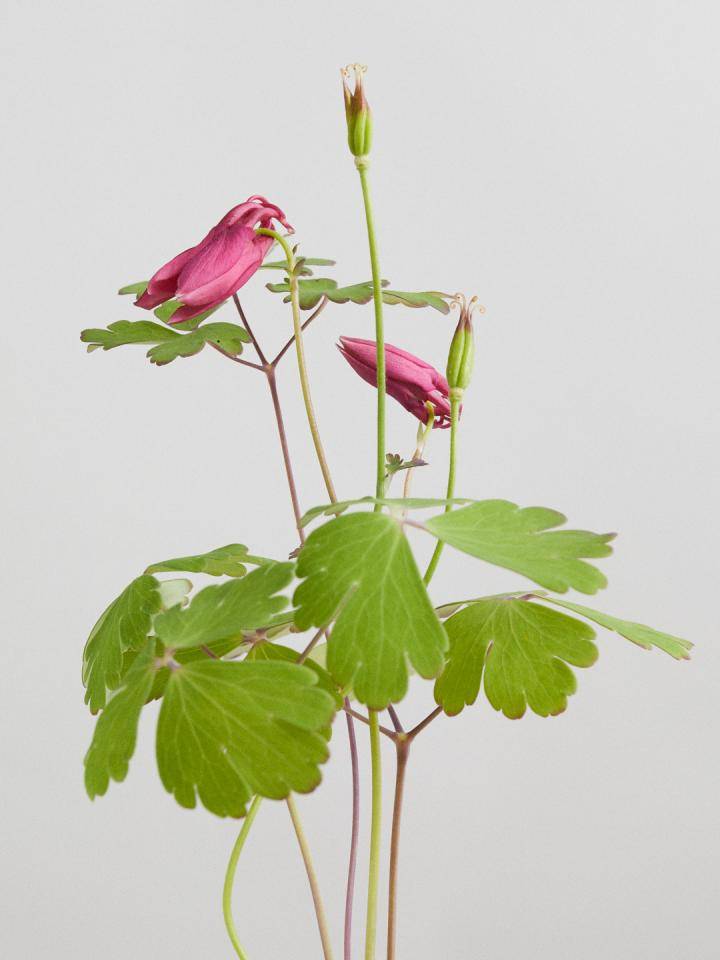
Colours and shapes
Columbine consists of about 120 different species in many different and striking colours, both mono-coloured and multicoloured. A combination of different species of Columbine produces a special mix of flowers in beautiful colours. The most common variety is Aquilegia vulgaris.
Symbolism
Columbine is a symbol of foolishness and unreliability and parts of this plant can be poisonous, so keep an eye out. Aquilegia comes from Latin words meaning water-collecting plant, and may refer to the shape of the petals. Bees and butterflies will be very grateful if you put these nectar-rich flowers in your garden, as it's a real feast for them! The tip of the petal is formed by a honey gland, and no bee can resist.
Origin
Columbine is part of the Ranunculaceae family, which also includes Anemone, Clematis, Helleborus and Ranunculus. The plant is native to Europe, Asia and North America and the temperate regions of Asia, both in the mountains and on arable land. Columbine is an increasingly common plant and can be easily found in the wild, often combined with poppies and cornflowers. Perfect for diversity in the plant and animal kingdom!
